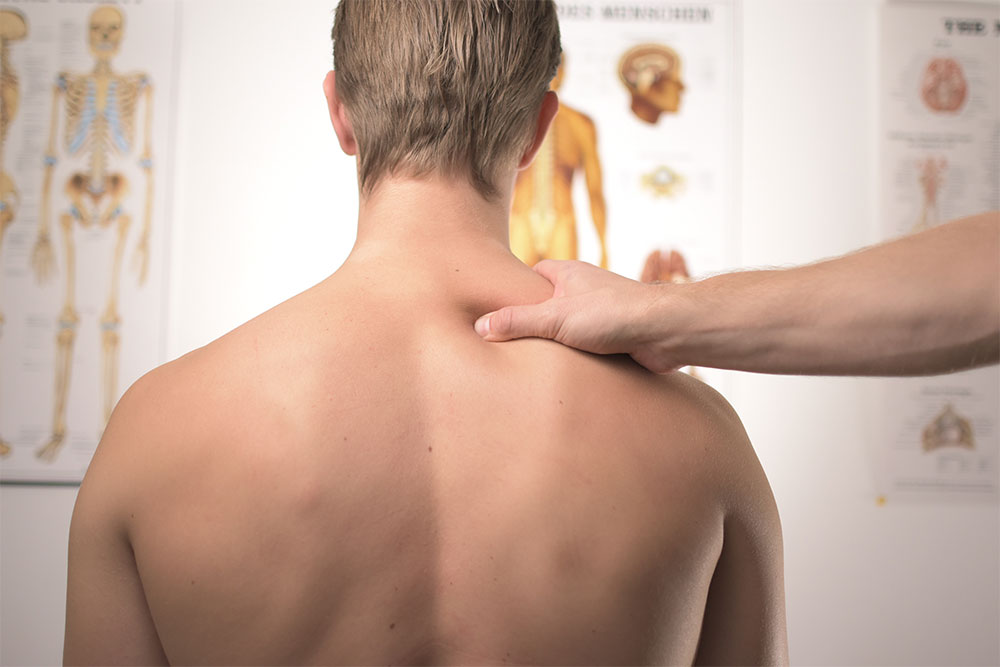Strain Counterstrain for the Nervous System

Strain Counterstrain is a revolutionary technique developed by Dr. Lawrence Jones DO, that uses the connective fascia tissue and an understanding of tender points to relieve pain and increase range of motion. This technique can be used to treat dysfunction in any soft tissue, including the nervous system. The nervous system is essential in maintaining homeostasis because it regulates pain perception and sensory perception in the body, as well as movement, digestion, blood flow, thinking, emotions, and perception of where the body is in space. By decompressing a given tender point a therapist maintains a patient in a pain-free position for 30-45 seconds. This opens the valves of the veins and lymph vessels surrounding the nerves in the area, reducing swelling around the nerves. Brain Tuckey (PT, OCS, JSCCI) pioneered the use of fascial counterstrain for the nervous system based on the theory that if counterstrain worked on other types of fascia, it would also work on the fascia surrounding nerves.
Tuckey found Strain Counterstrain to be effective in treating problems of the nervous system including carpal tunnel syndrome, chronic headaches, chronic regional pain syndrome (CRPS) and even idiopathic (unknown cause) peripheral neuropathy, as well as in pinched nerves and the relief of the feeling of numbness. The reason for this interconnectivity between tender points and the deep fascia is based in what Tuckey describes as a protective cocoon that can sense and respond to strain applied to fragile internal structures such as organs, nerves, and blood and lymph vessels. Stress on the fascia surrounding these structures can “call in” a protective response from the muscle system to avoid damage. This level of connectivity may not rise to the level of consciousness, instead manifesting in involuntary muscle spasms or contractions. Even more subtly, an inflamed nerve can change a joint’s resting position by increasing the tone of skeletal or smooth muscle or creating weakness through pain inhibition, neural compression, or skeletal muscle reciprocal inhibition.
When traditional strain techniques are used on tender points that are not responding, this new method of counterstrain resulted in an immediate response in which the surrounding tissue relaxed and a faint “therapeutic pulse” or vascular release could be felt in the surrounding tissue. Both strain and counterstrain techniques together are effective tools at limiting and managing chronic pain. The strain-counterstrain approach allows practitioners to identify and treat the true source of pain or disability. Ask your therapist how we can use this groundbreaking technique to help you and your loved ones.

